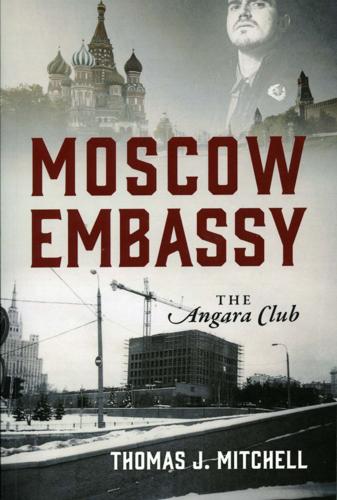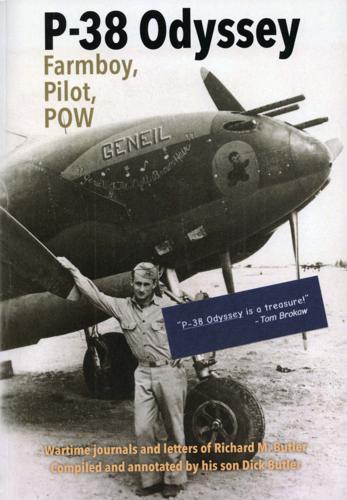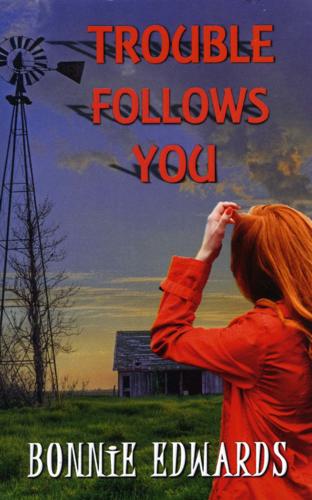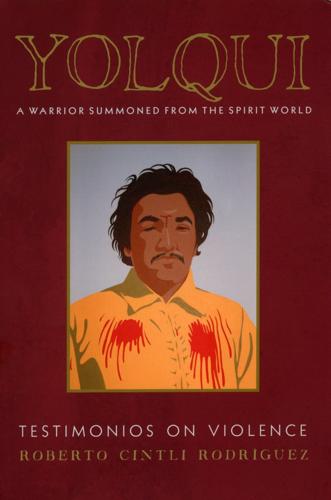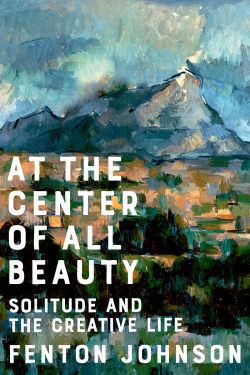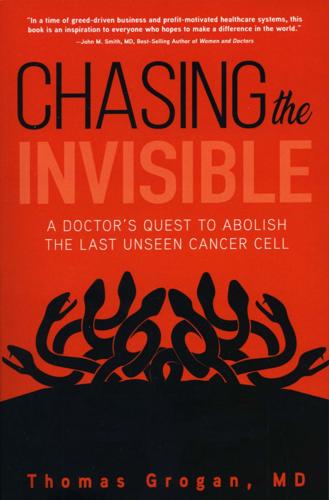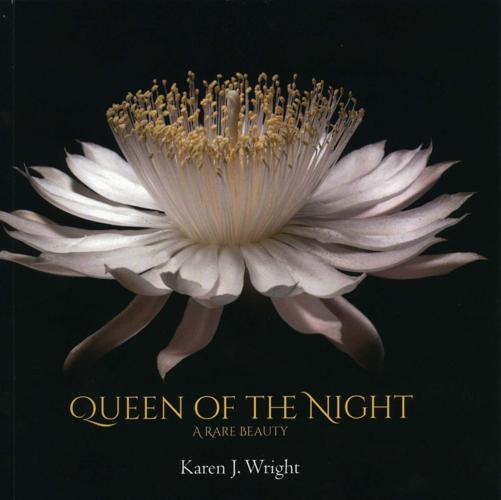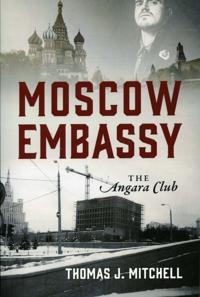“Moscow Embassy: The Angara Club” by Thomas J. Mitchell.
Outskirts Press, Inc. $35.95 hardcover; $20.95 paperback; $9.99 Kindle.
It’s spy vs. spy in 1996 at the building site of the American embassy in Moscow in this debut novel. KGB operatives, plotting a nefarious scheme to plant listening devices in the embassy’s secure area, are cozying up to the American construction team, aiming to turn some of them and enlist their assistance. The vodka flows freely at the Angara Club, where the unsuspecting Americans gather to bend an elbow, and female companionship is plentiful. It’s a recipe for international intrigue. Tucsonan Thomas J. Mitchell, a veteran of embassy building projects worldwide, was inspired by true events surrounding the construction of the Moscow Embassy, where he worked for several years. As a result, Marshall knows his way around the city — right down to the location of a popular McDonald’s — and his inside knowledge lends authenticity to the action, as does his facility with governmental-sounding jargon. Fans of fact-based espionage will be intrigued.
— Helene Woodhams
“P-38 Odyssey: Farmboy, Pilot, POW: Wartime journals and letters of Richard M. Butler” compiled and annotated by his son Dick Butler by Dick Butler.
Dbutlerbooks. $19.95.
“What did you do in the war, dad?” It’s a question the author wishes he had pursued more earnestly with his father, who piloted P-38 Lightning twin-engine fighters during World War II. But Richard M. Butler was reticent about his wartime experiences, and it wasn’t until well after his death that his son, Dick Butler, armed with records he discovered while sifting through long-forgotten footlockers, began filling in the blanks in the family lore. The multidimensional picture that emerged of his father during these formative years, his combat service as a fighter pilot, and the resilience with which he faced hardships and indignities as a prisoner of war, was an epiphany.
A Utah farm boy when he enlisted in 1940, Richard M. Butler was flying his 50th mission when damage sustained in a dogfight forced him to bail out over the Bay of Naples; taken prisoner, he spent the next two years in POW camps. Using the log his father kept during his internment, his journals, flight records and letters, and supplementing them with his own extensive research, Butler presents a remarkable American story, beginning with his father’s enlistment and ending with his liberation at the close of the war. With a keen eye for pertinent details and an enviable ability for organizing the facts and then letting them speak for themselves, Butler has produced an invaluable historic chronicle in which the humanity of a young soldier speaks to readers from across time.
— Helene Woodhams
“Trouble Follows You” by Bonnie Edwards.
Deadly Press. $8.95; Kindle $2.99.
He’s cooling his heels in the Pima County jail, but Milton Smith denies that he killed his wife. Barb Black, recent divorcee and nascent private investigator, happily takes his case. Not because she likes him — Milton is lewd, crude and doesn’t have much of an alibi — but Barb is broke and needs a paying client, given the penurious state in which her newly remarried ex-husband has left her. As she embarks on this murder investigation her much-reviled ex shows up needing some sleuthing of his own, thickening the plot and underscoring the observation of one of Barb’s sources, that “people marry the wrong person as often as they marry the right one.” A mistake, Barb learns, that can be deadly. Mystery fans who like wisecracking PIs will find Barb Black a welcome addition to the crime scene, and the Tucson setting — from the Sam Hughes Neighborhood to Ventana Canyon Resort — will please Old Pueblo readers. Tucsonan Bonnie Edwards is also the author of the “Deadly,” series featuring TPD homicide detectives.
— Helene Woodhams
“Yolqui, a Warrior Summoned from the Spirit World: Testimonios on Violence” by Roberto Cintli Rodríguez.
University of Arizona Press. $29.95 Print; $28.45 Kindle.
Systemic cruelty to people of color, perpetrated by law officials, has become normalized in the U.S., says Roberto Cintli Rodríguez. In his eye-opening book, the University of Arizona associate professor of Mexican American studies demonstrates how, since the time of Columbus, officially sanctioned brutality has been employed in the name of imperialist notions like Manifest Destiny to subjugate and exterminate non-white people. He correlates the historic record to current examples of brutality, as numerous as they are appalling. “Yolqui,” the Nahuatl word for a warrior brought back from the dead, refers to a personal experience in which the author was beaten nearly to death by Los Angeles sheriff’s deputies, resulting in head trauma that for decades impacted the way he processed this assault. But when clarity returned, he formulated a response to official violence in the form of this book. By combining his research with 50 years of his own observations of government-sanctioned abuse, supplemented with supporting accounts from other victims and survivors, he delivers a profoundly disturbing indictment of a society that looks the other way while people are dehumanized, brutalized, and murdered, in cold blood, and in the name of the law.
— Helene Woodhams
“At the Center of All Beauty: Solitude and the Creative Life” by Fenton Johnson.
W.W. Norton & Co. $26.95.
“The solitary self is the vehicle,” writes Fenton Johnson, in this luminous meditative memoir, “the ship that takes us on the interior journey from loneliness to solitude.” In “At the Center of All Beauty,” UA creative-writing professor Johnson intertwines his personal and family life with lives of about a dozen well-known “solitaries” from Henry David Thoreau, Emily Dickinson and Walt Whitman to Zora Neale Hurston, Nina Simone, and milliner-turned fashion photographer Bill Cunningham. In pursuit of their art, they either never successfully married, or led independent lives within marriage. Living alone, Johnson suggests, provided a center, a creative well from which they drew their art. Johnson himself has never been “the marrying kind.” When he was a seventh-grader in a Kentucky Catholic school, he announced that “single” would be his life’s vocation; he lost his one great love to AIDS — pre-same-sex marriage — but he disapproves of same-sex marriage anyway. In this work, Johnson explores the notion that art is an expression of love … love not for one individual, but for every individual. In a tone that’s warm, philosophical but familiar (this could be a conversation over tea or bourbon), Johnson touches on topics as varied as traveling alone, world religions, his parents and the Trappist monks next door, the monastic life, time as an illusion, the practice of celibacy, the gift of silence. It is a book for our times.
— Christine Wald-Hopkins
“Chasing the Invisible: A Doctor’s Quest to Abolish the Last Unseen Cancer Cell” by Dr. Thomas Grogan.
Koehlerbooks. Hardcover, $32.95; softcover, $24.95; e-book, $7.99.
At a moment in history when the world is determined to destroy a virulent virus, this story of a scientist’s determination to destroy virulent cancer cells has all the more currency. In “Chasing the Invisible,” Tucson pathologist Thomas Grogan writes about his professional life — from his professorship at the University of Arizona, where his lab used immunotherapy to tailor cancer treatment; through his garage invention of a machine that replaced a time-consuming procedure to identify cancer cells; to growing that into a business (Ventana Medical Systems Inc.) eventually purchased by Swiss mega-pharma Roche. Grogan chronicles learning to be an entrepreneur; he weaves incidents from his personal life into the narrative, and frames it with the cancer story of his elderly mother — with flashbacks to their past as a CIA family abroad. He presents the biology of tailoring treatment to particular cancer cell appetites — aided by illustrations — in a manner both understandable and interesting, and is generous in his appreciation of collaborators and supportive supervisors. The book has recently won the 2020 Axiom gold medal for best business memoir/biography.
— Christine Wald-Hopkins
“Queen of the Night: A Rare Beauty” by Karen J. Wright.
Karen J. Wright. $19.95.
Photographer Karen J. Wright shares her passion for the Peniocereus greggii var. transmontanus (desert night blooming cereus) in this slender volume. In photographs accompanied by spare but informative text, Wright traces the bloom’s development from “dead stick” through budding, stalk growth, stages of blooming (on just one night), pollination, and fruit growth. Wright’s close-ups of this remarkable flower — iridescent, waxy white against a glossy black background — are exquisite.
— Christine Wald-Hopkins
“The Saguaro Cactus: A Natural History” by David Yetman, Alberto Búrquez, Kevin Hultine, and Michael Sanderson
The University of Arizona Press. $19.95 paperback; $9.99 e-book.
The saguaro is a “charismatic” plant. The saguaro’s official scientific name: Carnegiea gigantea — meant to curry favor with philanthropist Andrew Carnegie — only irritated him, and he nearly withdrew promised funds. Traditionally, at the Tohono O’odham annual saguaro fruit gathering, gatherers would bite into their first juicy red fruit, place it over their hearts, to give thanks. These are facts gleaned from this new UA Press book about our beloved (“charismatic”), iconic Sonoran Desert cactus. Social scientist and desert TV star David Yetman guides readers through essays by biologists and ecologists Alberto Búrquez, Kevin Hultine, and Michael Sanderson on all things saguaro: He first offers a history of early reports on the area’s cacti, and then they describe cacti native to the Americas, the saguaro’s place among cacti and the larger realm of plants and animals, its physiological structure, genome, and evolutionary history. Included in the book is a 1980 article on the saguaro’s importance to the Tohono O’odham. While some of its science is above this reader’s pay grade, its maps, illustrations, photographs — even recipes and a Ned Mackey poem — make “The Saguaro Cactus” an accessible, illuminating read.
— Christine Wald-Hopkins


